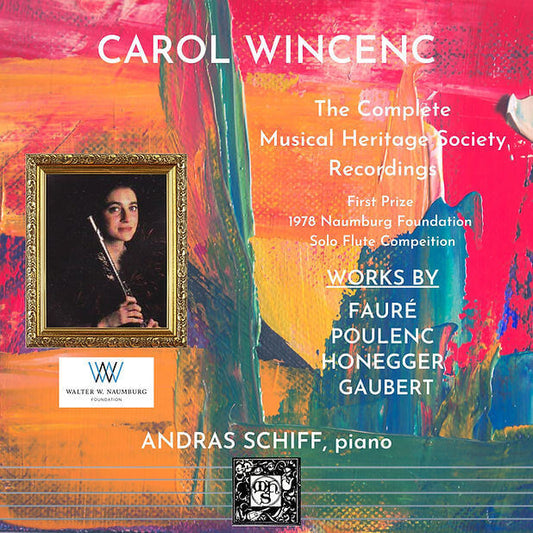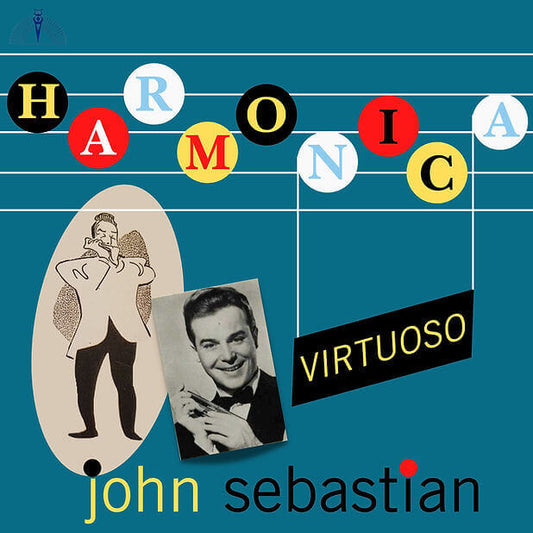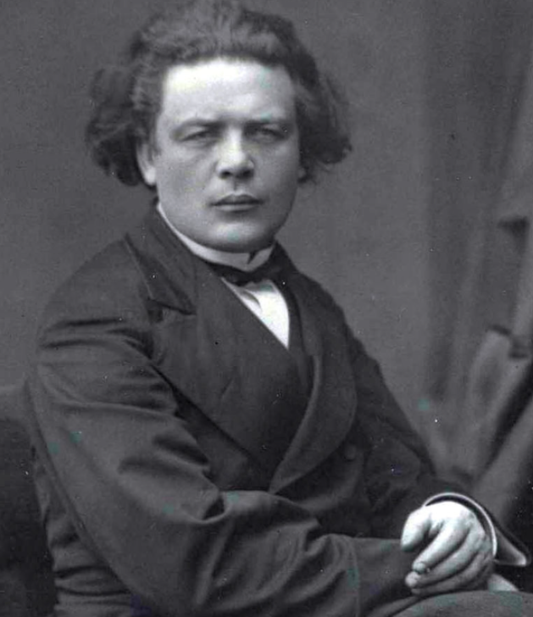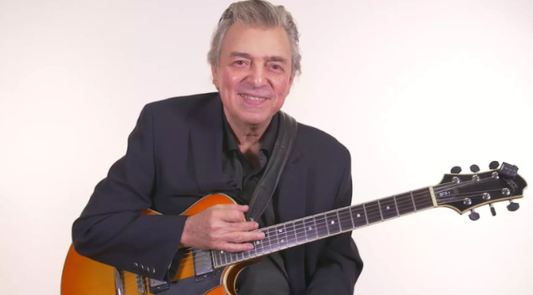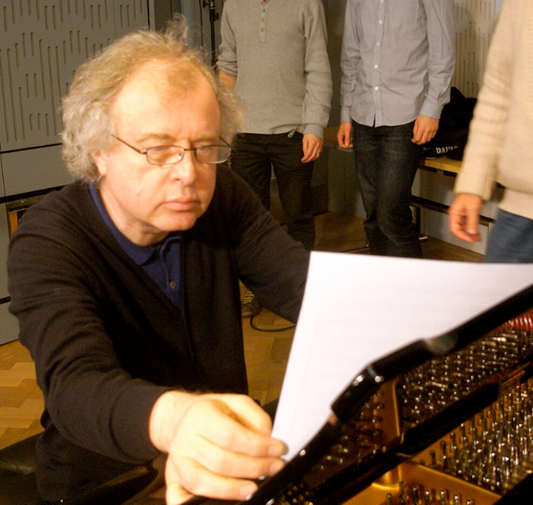Collection: ARTHUR HONEGGER (1892-1955)
Arthur Honegger stands as one of the most significant and individual voices in 20th-century music, a composer whose Swiss heritage and Parisian life forged a unique stylistic path. Born in Le Havre, France, to Swiss parents on March 10, 1892, Honegger maintained Swiss citizenship throughout his life, yet became deeply embedded in the vibrant French musical scene. He is perhaps most famously associated with "Les Six," a group of young French (and one Swiss) composers reacting against the perceived excesses of Wagnerianism and the vagueness of Impressionism, but his mature work transcends the group's initial aesthetics, revealing a composer of profound depth, structural integrity, and dramatic power.
Honegger's early musical training took place in Le Havre and later Zurich before he entered the Paris Conservatoire in 1911. There, he studied with prominent figures like Charles-Marie Widor and Vincent d'Indy, absorbing a strong grounding in counterpoint and form, influences that would remain central to his style. Crucially, he also met Darius Milhaud and Germaine Tailleferre, future members of Les Six. Under the somewhat whimsical banner promoted by Jean Cocteau, Les Six (completed by Francis Poulenc, Georges Auric, and Louis Durey) championed clarity, brevity, and an engagement with everyday life, often incorporating elements of jazz and popular music.
While sharing the group's anti-Romantic stance, Honegger differed from some of his colleagues. His musical temperament was more serious, less overtly playful than Poulenc or Milhaud. He revered Bach, Beethoven, and Richard Strauss, integrating rigorous counterpoint and a rich, often complex harmonic language into his modern sensibility. Early successes like the charming orchestral piece Pastorale d'été (1920) demonstrated his lyrical gifts, but it was the dramatic psalm Le Roi David (King David, 1921), originally incidental music rapidly adapted into an oratorio, that truly established his international reputation. This work showcased his ability to handle large forces and create compelling narrative through music, blending archaic modes with modern harmonies.
The 1920s saw Honegger produce some of his most iconic works, including the "Mouvements symphoniques." The first, Pacific 231 (1923), became wildly famous, a thrilling orchestral depiction of a steam locomotive gathering speed, showcasing his fascination with technology and his mastery of rhythmic drive and orchestral color. Rugby (1928), the third movement, captured the physical energy of the sport. However, Honegger was far more than a composer of programmatic novelties.
His output grew increasingly ambitious and often serious in tone. He excelled in large-scale forms, composing significant operas like Antigone (1927) and, most notably, the powerful oratorio Jeanne d'Arc au bûcher (Joan of Arc at the Stake, 1935), a collaboration with poet Paul Claudel that remains one of his most enduring masterpieces. He also proved a master symphonist. His five symphonies, particularly the Second (for strings and trumpet, completed during the Nazi occupation of Paris, 1941), the Third (Symphonie Liturgique, 1946), and the Fifth (Di Tre Re, 1950), are cornerstones of the 20th-century symphonic repertoire. These works grapple with conflict, faith, and the human condition, marked by intense lyricism, dense counterpoint, often biting dissonance, and profound emotional weight. Honegger was also a prolific composer of chamber music, songs, ballets, and influential film scores, including Abel Gance's epic Napoléon (1927).
Affected by the turmoil of World War II (during which he remained in Paris) and later by declining health, Honegger's later works possess a particular gravity. He died in Paris on November 27, 1955.
Arthur Honegger's legacy is that of a superb craftsman who skillfully bridged late-Romanticism and modernism. He embraced contemporary sounds and rhythms while retaining a deep respect for traditional forms and contrapuntal techniques. Neither strictly neoclassical nor avant-garde, he forged a personal language characterized by rhythmic vitality, structural clarity, intense expression, and a unique blend of Swiss seriousness and French élan, leaving behind a rich and deeply affecting body of work.

